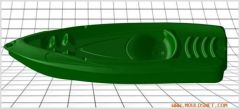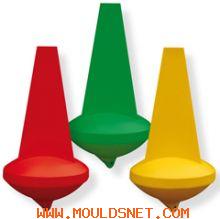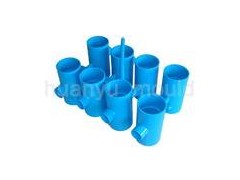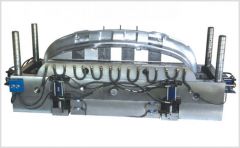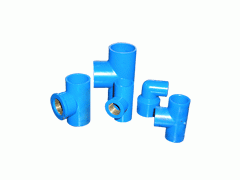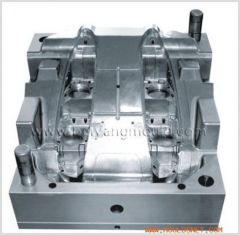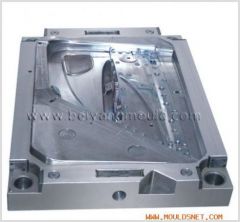| Valid untillong term effective | Latest update2014-10-23 16:11 |
| Views93 |
Sea Kayak
Low tooling costs
Short lead time
Virtually stress-free parts
Uniform wall thickness with no thinning in extremities
The sea kayak is longer, sturdier and accommodate more cargo for multi-day trips. They're easier to handle in sea conditions, track straighter and less likely to capsize in bad weather.
These are manufactured in various materials - but rotomold (plastic), fiberglass and carbon-kevlar seem to be the favorites. Some are reinforced with a foam core to stiffen the hull. The addition of these materials add to the weight of the kayak but will stand up better in rougher water. You will find this type in folding designs also.
Their lengths range between 12' and 24'. In wind or challenging currents, they track better in a straight line with the aid of a small keel (a fin on the bottom of the hull). Their longer length makes them faster but more difficult to turn. Because of this, many models come with a rudder or they are rudder adaptable. The rudder aids in tracking and turning. Their lengths range between 12' and 24'. In wind or challenging currents, they track better in a straight line with the aid of a small keel (a fin on the bottom of the hull). Their longer length makes them faster but more difficult to turn. Because of this, many models come with a rudder or they are rudder adaptable. The rudder aids in tracking and turning.
They typically have multiple hatchs and additional deck tie downs to accommodate more gear necessary for multi-day trips. These are the Cadillac of kayaks. They are stronger, heavier and tougher and more stable than other recreational types. They are designed for serious weather conditions, in unprotected waters and typically for a longer period of time.

